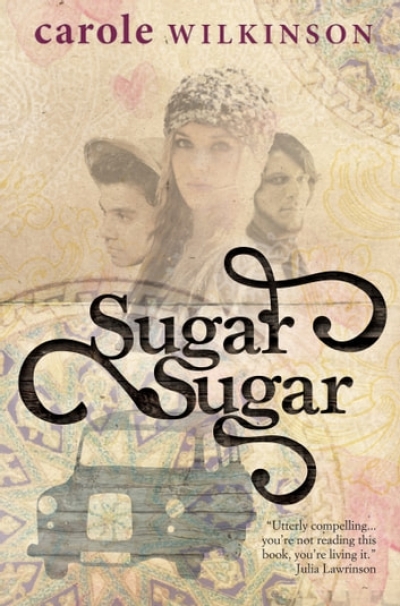Archive
The Circle of Silence: A Personal Testimony Before, During and After Balibo by Shirley Shackleton
by Jill Jolliffe •
The sky is silent. All the planes must keep... (read more)
Clear of the fine volcanic ash that drifts
Eastward from Iceland like a bad idea.
In your apartment building without lifts,
Not well myself, I find it a bit steep
To climb so many stairs but know I must
If I would see you still alive, still here.
The word is out from those you love and trust –
Time is so short that from your clever pen
No line of verse might ever flow again.
The Cambridge Companion to Children's Literature edited by M.O. Grenby and Andrea Immel
by Brenda Niall •
I visited Randolph Stow on impulse. We had corresponded briefly and since I was passing through London in February 1975, I asked if I might meet him. He kindly invited me to spend the day with him in East Bergholt, a village in Suffolk, two hours from London. Stow had been living there, in Dairy Farm Cottage, for some six years. Six years later, he moved to nearby Harwich.
... (read more)As with so many of the events that mark Israel’s history, the deadly attack on the Gaza flotilla in late May seemed frustratingly – and tragically – to encapsulate many of the arguments, insecurities, defences, and emotions that swirl around the enduring conflict in the Middle East.
... (read more)






